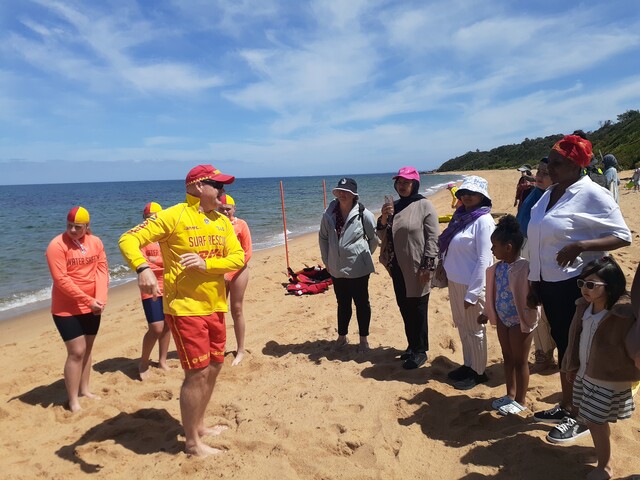By Melissa Meehan
IT kills double the number of people of the national road toll – but youth suicide is a topic barely whispered about.
It has taken a cluster of suicides in the Casey region for people to speak out and raise awareness of the often taboo issue.
This week, residents from the region stood together saying they wouldn’t hide the issue any more, that something needed to be done and talking about it was the first step.
It’s a far cry from the past, with media outlets and communities themselves often ignoring the issue for fear of copycats.
But the Summit on Youth Suicide, held at the City of Casey council chambers, gave grieving families a chance to tell their stories.
Others took in the wealth of knowledge of experts in mental health, Professor Patrick McGorry and Jo Robinson from Orygen Youth.
Speaking in front of 200 people, Prof McGorry said he was impressed by the strong show of support from the community taking part in the summit.
“Suicide is preventable,” he said.
“One suicide is one suicide too many.”
Prof McGorry said he was aware that the issue of suicide often brought anxiety and fear with it, especially with communities who were experiencing clusters of it, but it was more frightening that teens were turning to suicide.
“If we are too afraid to talk about it, nothing will stop it,” he said.
“The fear will feed on itself. Fear and silence is not the solution.”
Prof McGorry said the greater community and health system needed to modernise their approach to the way they viewed suicide and mental health.
He said there were more social problems and pressures on the young people of today than there were 20 or 30 years ago.
“The main health problems for our young people are mental health and substance abuse disorders,” he said.
“Every 10 minutes in Australia someone self-harms or attempts suicide. Every three hours someone dies of suicide.
“It’s a little more common here (Casey region) but its happening everywhere, its just not widely known.”
He said while there was no black and white solution, the community needed to come together and support each other and above all else there needed to be more funding available to the mental health services – particularly for mental health for young people.
“Despite the best efforts of those working in the health services, the funding just isn’t there,” he said.
“We need to recognise there is a problem and attack it any way we can.
“We still have a way to go.”
Whispers and shadows
Digital Editions
-

Sunburn posing painful threat to Victorians’ health
Records released on 16 December reveal the true scale of Victorians requiring emergency assistance for sunburn every year for the past 20 years, according to…





